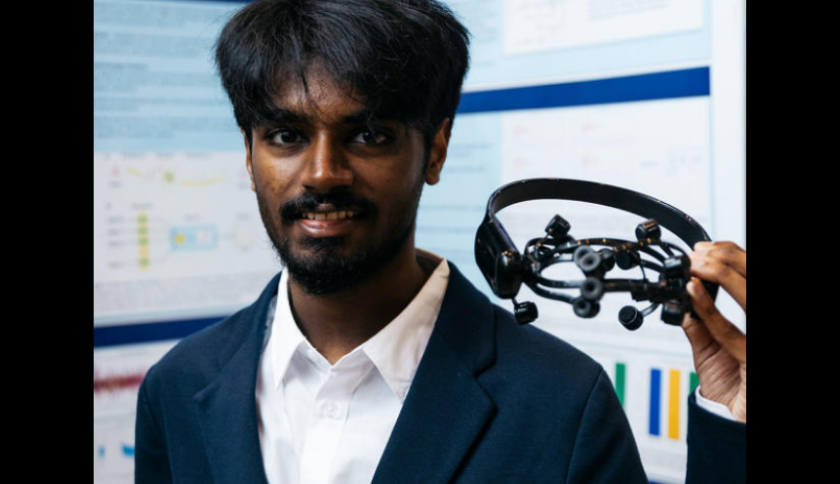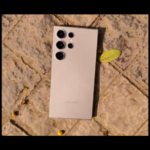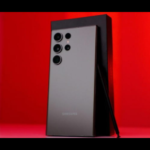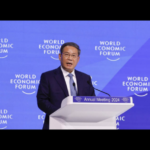Neural implants can help patients carry out tasks they could not do otherwise, however battery existence is an issue.
The batteries on wireless devices drain fast and need to be replaced through surgery each few years.
For a excessive faculty technology fair challenge, anush mutyala invented an set of rules to enhance battery life.
Canadian high college scholar anush mutyala wants to create a neural implant that never desires to get replaced.
His mission, that could substantially enhance the lifespan of batteries in neural implants, received a bronze excellence award at the canada-huge technological know-how honest in may additionally.
Mutyala advised business insider that he changed into partially inspired for this challenge by way of elon musk’s neuralink, announcing strength performance is the place wherein he thinks neuralink is falling behind and will use improvement.
Neuralink is developing a tool that musk has compared to a “fitbit in your cranium.” it uses a lithium battery with the intention to closing about eleven hours earlier than it needs recharging, in step with bloomberg.
Mutyala stated his algorithm makes batteries far extra efficient.
“if i did become absolutely fledgling this out on an implant, you would be able to see a drastic difference in power intake just based totally on what i’ve been able to already show with the technological know-how truthful undertaking,” he stated.
An implant that in no way desires its batteries changed
Doctors have used neurotechnology to assist a stroke patient speak again and a person with als perform a host of obligations, like turning on the lighting, via his pc.
The issue is that, with a few wireless implants, the batteries don’t final for all time.
“traditionally these implants want to get replaced every couple of years with brain surgical procedure,” mutyala informed enterprise insider. Other estimates say it is greater like 3 to five years.
For his venture, mutyala used a headset to non-invasively seize mind waves of people considering transferring their arms or feet.
With that information, he created an set of rules that could be used to enhance the lifespan of batteries in neural implants through assisting to cope with implants’ largest power drain.
“most of it comes from how information is being taken from the mind after which examine, understood, decoded, and translated into some thing of use,” he said.










